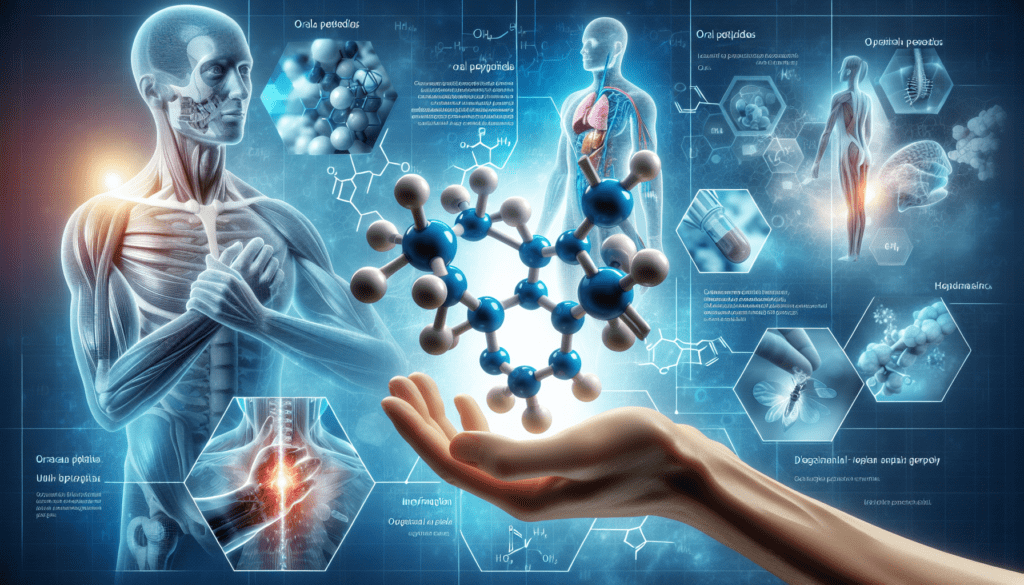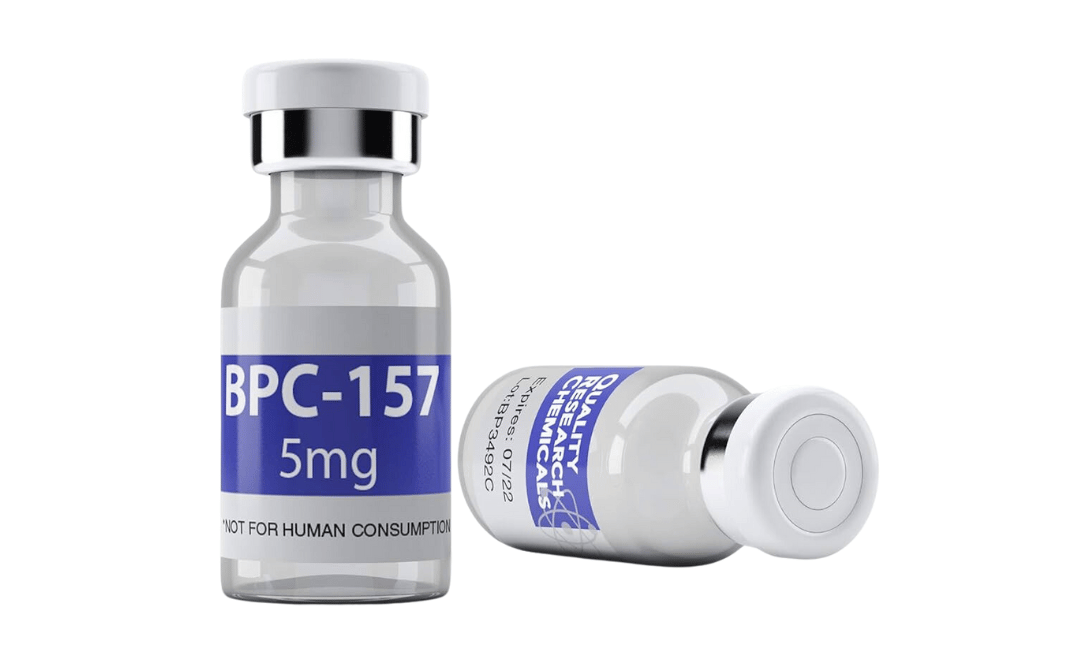
BPC 157: The Healing Power of Oral Peptides
In the pursuit of enhanced health and recovery, science constantly unveils new breakthroughs. One such discovery gaining traction is BPC 157, a peptide celebrated for its profound healing abilities. This article delves into the science behind BPC 157, exploring its benefits, potential applications, and the unique advantages of its oral formulation.
What is BPC 157?
BPC 157, a synthetic peptide composed of 15 amino acids, mimics a segment of body protection compound naturally found in human gastric juice. This peptide boasts remarkable healing properties, known to accelerate recovery across various tissues, including muscles, tendons, nerves, and even the brain.
How Does It Work?
The magic of BPC 157 lies in its multi-faceted mechanism of action. By stimulating angiogenesis, it fosters the formation of new blood vessels, enhancing blood flow to damaged areas and expediting repairs. Moreover, BPC 157 influences the expression of growth factors crucial for tissue regeneration and shields organs. It also aids in stabilizing the gut-brain axis, potentially offering relief in conditions like depression and anxiety.
Therapeutic Applications of BPC 157

BPC 157, a Body Protective Compound, emerges as a powerful peptide therapy with a broad spectrum of applications in medicine and wellness. Its versatility lies in its profound impact on injury recovery, gut health, and even mental health, showcasing its potential as one of the therapeutic peptides with numerous benefits, like increasing the production of human growth hormone (HGH).
Accelerating Injury Recovery and Enhancing Pain Management
BPC 157 is particularly beneficial for athletes and individuals suffering from tendon and ligament injuries, significantly reducing recovery time and enhancing the healing process. Its anti-inflammatory properties play a crucial role in alleviating pain, reducing swelling, and promoting tissue repair. This peptide has been shown to improve muscle growth and tendon healing, making it a valuable asset in sports medicine and rehabilitation.
Boosting Gut Health and Promoting Ulcer Healing
Derived from gastric juices, BPC 157 offers improved gastrointestinal health by facilitating the healing of ulcers, countering NSAID-induced gut damage, and potentially addressing conditions like inflammatory bowel disease (IBD). Its efficacy in increasing blood flow to the gastrointestinal tract supports its role in enhancing gut health and underscores its theoretical and practical implications for treating digestive disorders.
Offering Neuroprotection and Supporting Mental Health
Emerging research suggests BPC 157’s neuroprotective potential, highlighting its capability to aid in brain injury recovery and address various neurological conditions. By stabilizing the brain-gut axis, BPC 157 also shows promise in managing depression and anxiety, contributing to its profile as a peptide with anti-ageing benefits and applications in mental health.
Convenient Delivery and Broad Accessibility
Unlike other peptides that require injections, BPC 157 maintains its effectiveness through oral administration, ensuring it directly benefits gut-related issues without the need for invasive procedures. This convenience opens up its accessibility to a wider audience, seeking its health benefits without the complexity of injections.
Emerging Areas of Interest
Weight Loss and Muscle Mass: Beyond its traditional applications, BPC 157 is being explored for its potential in aiding weight loss and increasing muscle mass, contributing to its wide array of health benefits.
Joint Health: For individuals experiencing joint pain, BPC 157’s properties in joint healing and the immune system bolster its standing as a therapeutic agent for improving joint health.
Clinical Trials and Regulatory Perspective: Ongoing clinical trials continue to investigate the full potential of BPC 157, while attention to guidelines from bodies like the World Anti-Doping Agency ensures its appropriate and ethical use in sports and medicine.
BPC 157 stands as a beacon of hope for various health concerns, embodying the potential of peptide therapy in modern medicine. Its ability to promote healing, improve overall well-being, and offer a non-invasive route to many health benefits positions it as a pivotal component in the future of therapeutic interventions. As research evolves, so too will the understanding and application of this remarkable peptide, promising a new horizon in health and wellness.
Convenient and Effective Delivery
Unlike most peptides requiring injections for bioavailability, BPC 157 retains its efficacy when taken orally. This non-invasive administration method makes it accessible to a wider audience, ensuring direct action on gut-related issues.
Safety Profile
BPC 157 boasts a favorable safety profile, with minimal reported side effects. Coupled with its oral efficacy, it emerges as a natural and effective option for accelerating healing and enhancing overall well-being.
Conclusion
BPC 157 emerges as a versatile peptide, amplifying the body’s natural healing mechanisms. Its wide-ranging therapeutic applications, coupled with oral administration convenience, pave the way for transformative interventions in medicine and wellness. As ongoing research illuminates its full potential, BPC 157 promises to play a pivotal role in shaping future health and healing paradigms.
References
Sikiric, P., Seiwerth, S., Grabarevic, Z., Rucman, R., Petek, M., Jagic, V., … & Konjevoda, P. (2004). The influence of a novel pentadecapeptide, BPC 157, on N(G)-nitro-L-arginine methylester and L-arginine effects on stomach mucosa integrity and blood pressure. European journal of pharmacology, 417(1-2), 1-13. DOI: 10.1016/j.ejphar.2004.01.033
Ilic, S., Drmic, D., Franjic, S., Kolenc, D., Coric, M., Brcic, L., … & Sikiric, P. (2018). Pentadecapeptide BPC 157 and its effects on a NSAID toxicity model: diclofenac-induced gastrointestinal, liver, and encephalopathy lesions. Life Sciences, 208, 140-149. DOI: 10.1016/j.lfs.2018.07.033
